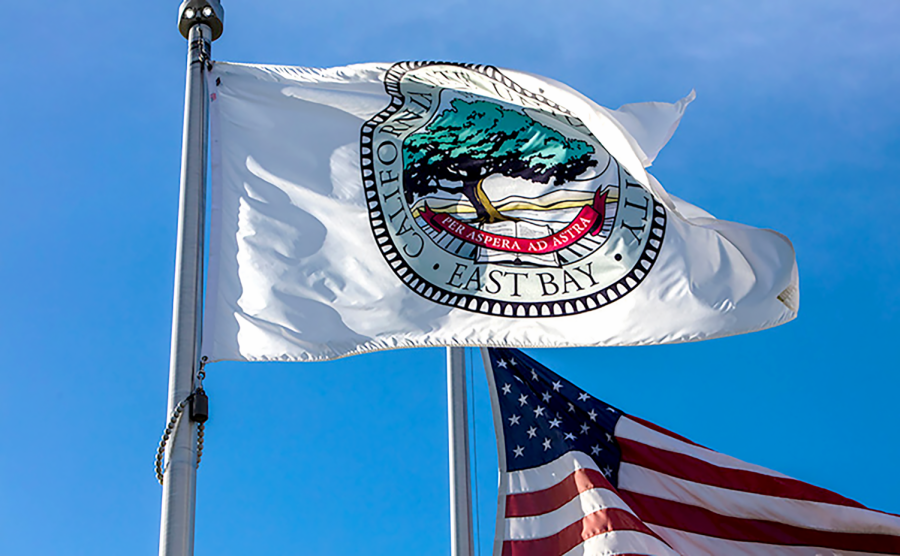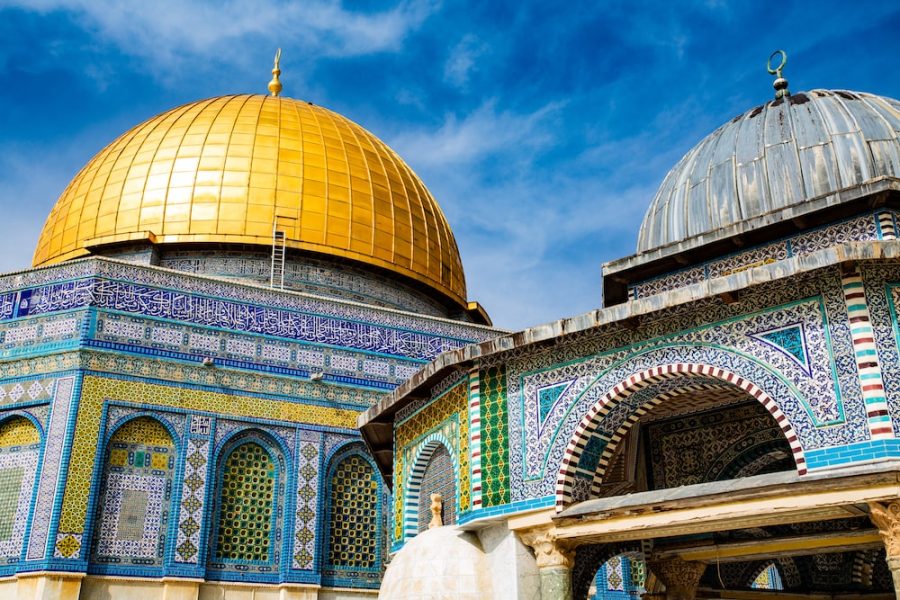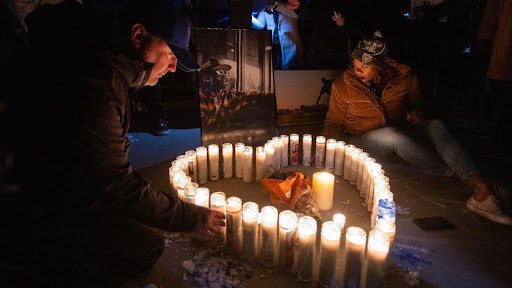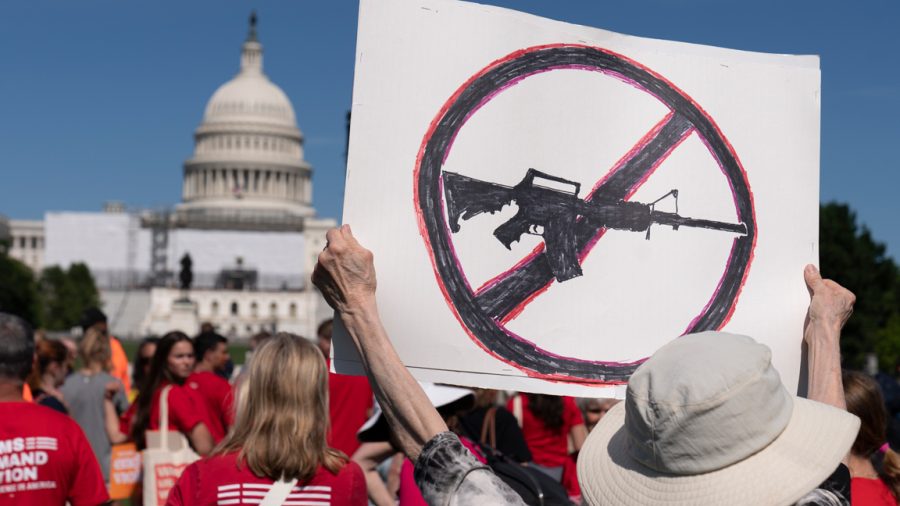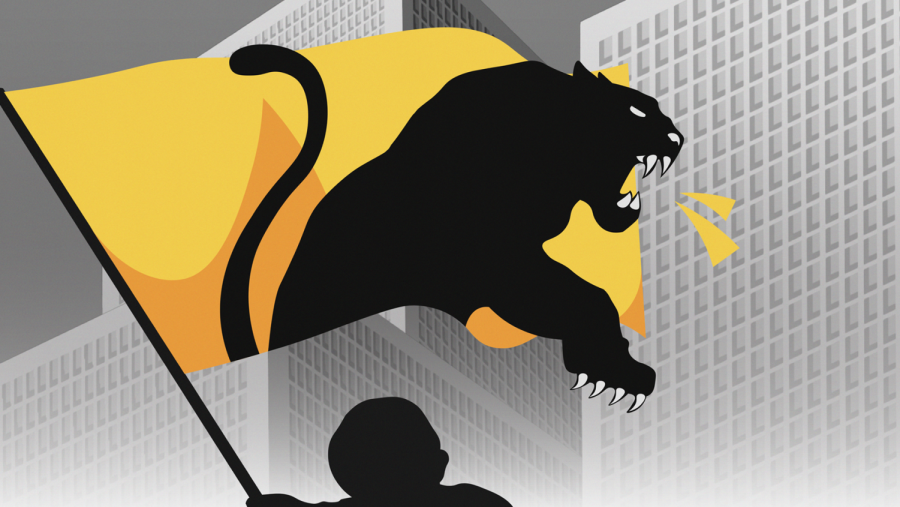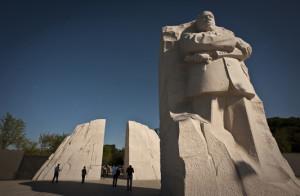
A new monument to the late Dr. Martin Luther King Jr. will be unveiled in the National Mall among the other famous monuments in Washington D.C. on August 28, the forty-eighth anniversary of the famous “I Have A Dream” speech.
The $120 million monument, sculpted by Chinese sculptor Lei Yixin, has been in the works for almost a decade.
Visitors initially walk through huge sets of stones, dubbed the “Mountain of Despair,” before coming upon the 30-foot sculpture of King, known as the “Stone of Hope.” Then visitors can walk past granite walls that feature quotes from various speeches and documents that King wrote.
The area has been planted with cherry trees in order to add color when the pink flowers sprout.
The memorial is the first in the National Mall that doesn’t honor a President or commemorate a war.
The opening celebration will kick off a five-day celebration of the life of Dr. King and is expected to draw about 400,000 people—twice as many that attended the speech 49 years ago—as well as a speech from President Obama.
The monument was previewed to the public this last week and has seemed to inspire many people already.
LaVette Smith, 50, of Philadelphia visited the mall with her husband and three young sons and was awestruck by the monument.
“Every creed and culture has made a contribution to what we have become as a nation,” said Smith, an African-American. “I can bring my children to Dr. King’s memorial and say, ‘Here is our part, our contribution.’ “
However, as much as the monument has inspired people, it has also stirred up questions about overbuilding in the National Mall. One side said that building on the Mall keeps our heritage alive.
“To say the mall is complete strikes us as essentially saying American history has come to a screeching halt, and no one believes that,” said Judy Scott Feldman, chairwoman of the Maryland-based National Coalition to Save Our Mall.
The other side of the debate said the Mall only has so much space and questions realistically how many more monuments can be built.
“There are noble thoughts on either side of the debate,” said Cynthia R. Field, coauthor of The National Mall: Rethinking Washington’s Monumental Core. “The mall is a place designed for the people. But more people mean more toilets, more cafes, more signage and buses. It’s a tricky balance.”





